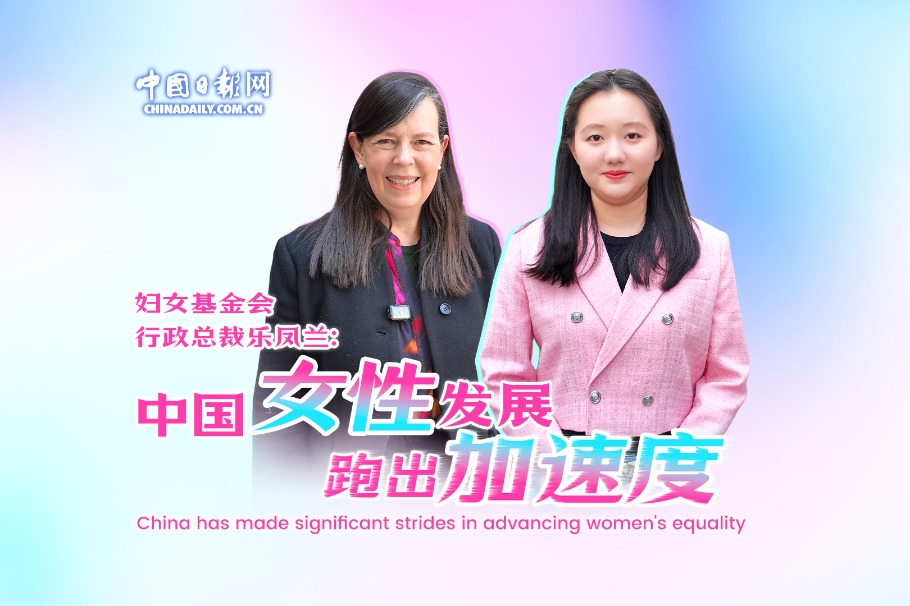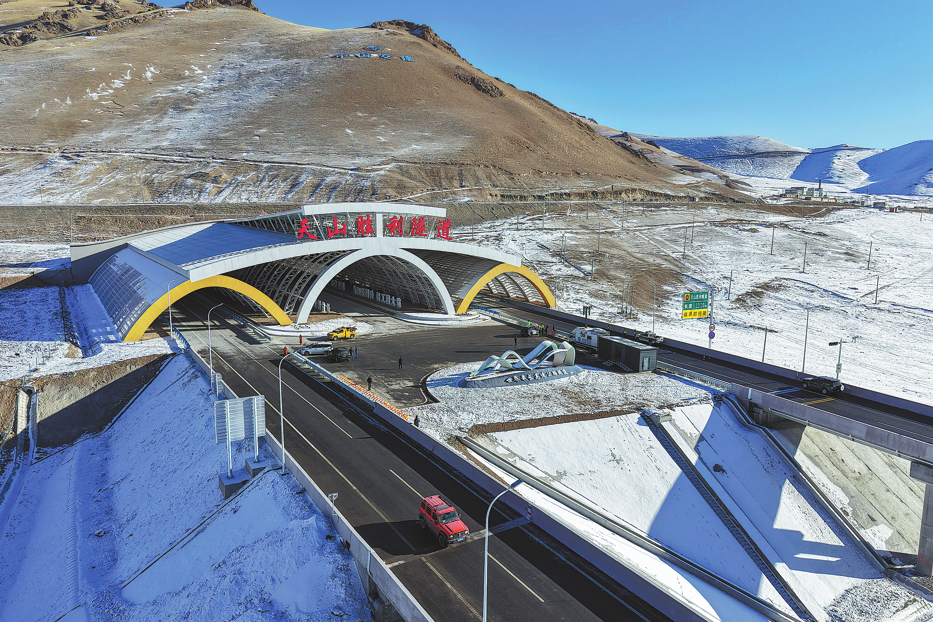Connecting development banks for tomorrow
Secure, transparent, standardized financing mechanism could boost the global economy


The fifth annual meeting of the Asian Infrastructure Investment Bank, themed "Connecting for Tomorrow", concluded on July 29.As a successful model of multilateral cooperation, the AIIB serves as a platform to promote infrastructure connectivity and common development.
Since its founding in December 2015, the AIIB has been operating as a high-standard multilateral development bank and adhering to international norms and principles of transparency and green development. The bank has successfully demonstrated a model of openness and inclusiveness to the world and enjoys the highest possible credit rating from the three major international credit rating agencies, Standard& Poor's, Moody's and Fitch. The number of AIIB members has increased from the initial 57 to 102, spanning six continents and accounting for 78 percent of the world's population and 63 percent of the world's GDP.
Created to promote infrastructure construction and connectivity in Asia, the AIIB is well aligned with the Belt and Road Initiative. As of 2020, the AIIB has approved $19.6 billion as loans for 87 projects in 24 economies participating in the Belt and Road Initiative.
A June 2019 World Bank report shows that the initiative's full implementation could lift 32 million people out of moderate poverty, increase global trade by 6.2 percent, boost the trade of countries along the Belt and Road by 9.7 percent and increase global income by 2.9 percent.
However, more can be done to improve the creditability, transparency and efficiency of the Belt and Road Initiative through cooperation with the AIIB and other development banks.
In May 2017, the AIIB, together with six multilateral development banks including the World Bank, signed MOUs on the Belt and Road Initiative with the Chinese Ministry of Finance. The AIIB also formally decided to become the administrator and executive agency of the Multilateral Cooperation Center for Development Finance.
To further enhance international cooperation on multilateral loans for infrastructure, an alliance could be created for financing Belt and Road Initiative projects. This alliance should include the AIIB, the World Bank, the Asian Development Bank, the African Development Bank, the European Bank for Reconstruction and Development, the European Investment Bank and the Inter-American Development Bank, as well as other multilateral development banks. The idea is to form a secure, transparent and standardized financing mechanism for the initiative and other infrastructure projects. Such an alliance could also prompt more countries and international companies to participate in Belt and Road projects, thus helping to kick start another round of dividends for the global economy.
It is estimated that from 2015 to 2030, the demand for new infrastructure projects in Asia will reach $38 trillion, with an average annual funding gap of $1.4 trillion. For many years, efforts to overcome Asia's infrastructure gap have been hampered by shortages and mismatch of funding. Since the 2008 global financial crisis, even in major countries, infrastructure investment has reached a new low. An alliance of global development banks would help to broaden financing channels for much-needed infrastructure projects. Belt and Road projects typically require long-term investment on a large scale, something that is difficult for any single institution to provide.
As a rising creditor country, it is of vital importance for China to approve loans in accordance with international norms to mitigate investment risks and address partner countries' concerns. Learning from other countries' experiences can be an effective way for China to manage external debt risks.
In this regard, it would be beneficial for China to join the Paris Club, which serves as a regular mechanism for dialogue between major creditor countries. Following international rules and principles of transparency and sustainability, China can better guard against external debt risks and help maintain global financial stability.
In addition to bilateral cooperation, development banks around the world can also institutionalize multilateral cooperation. This can include coordinating and negotiating the implementation of cross-border and trans-regional infrastructure projects under a cooperative framework.
As the first international multilateral financial institution initiated by China, the AIIB can help make the initiative more open and inclusive, and provide more development opportunities for countries and enterprises around the world.
The author is the president of Center for China and Globalization. The author contributed this article to China Watch, a think tank powered by China Daily. The views do not necessarily reflect those of China Daily.


































